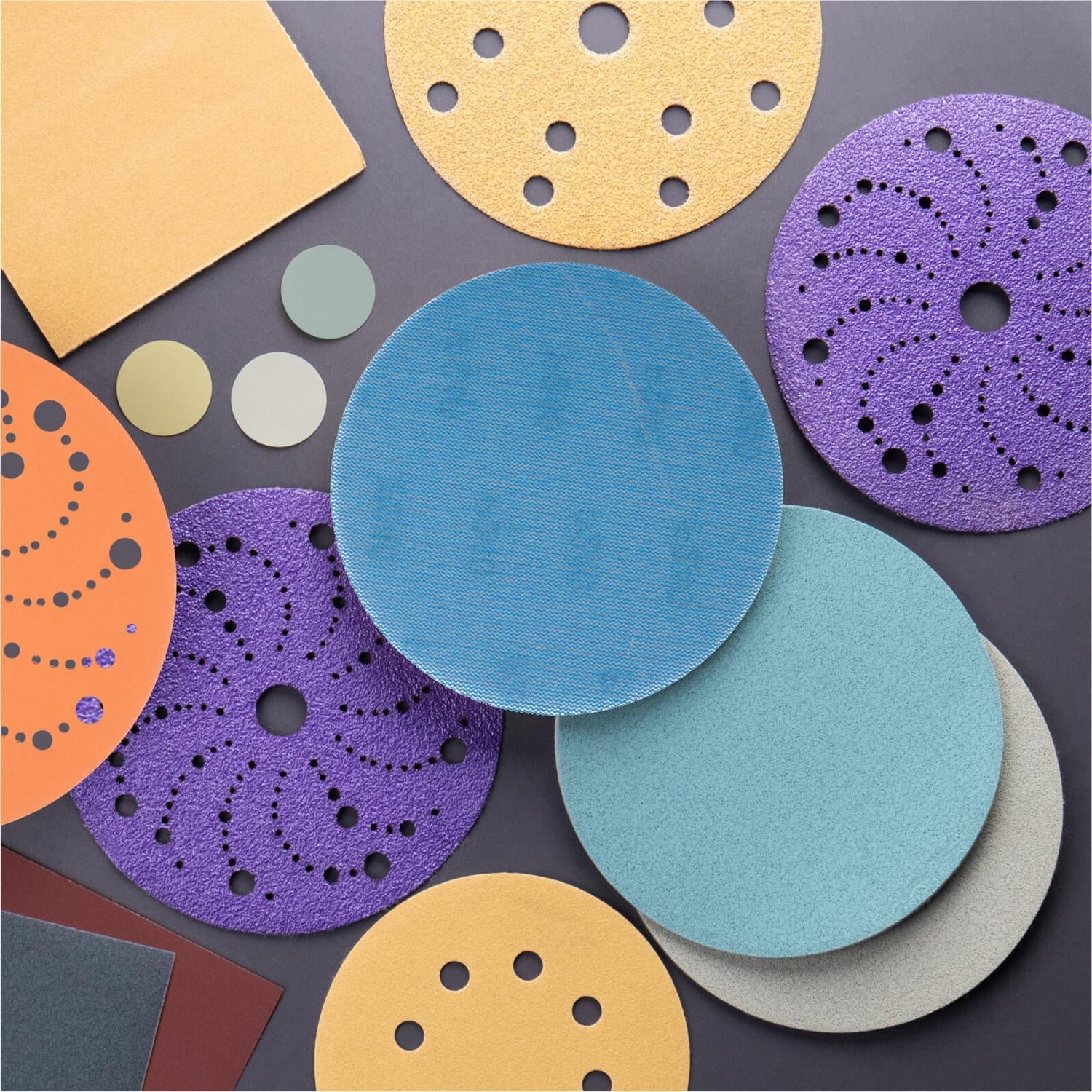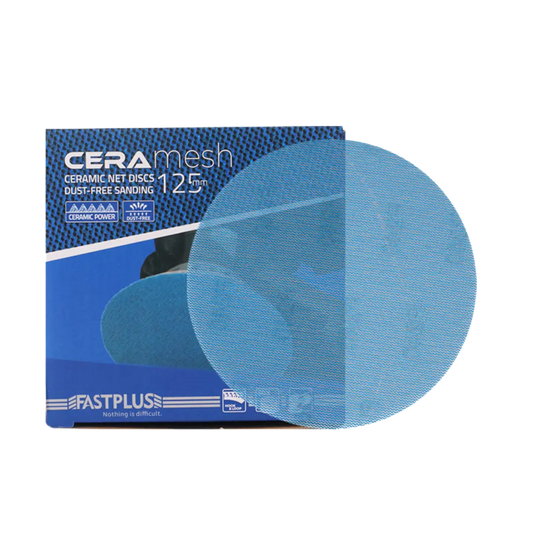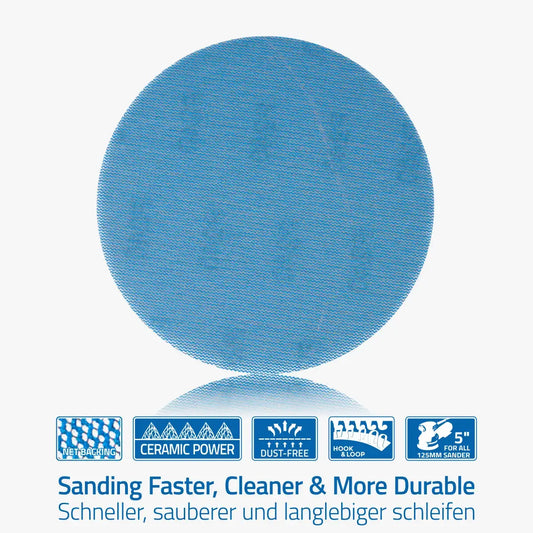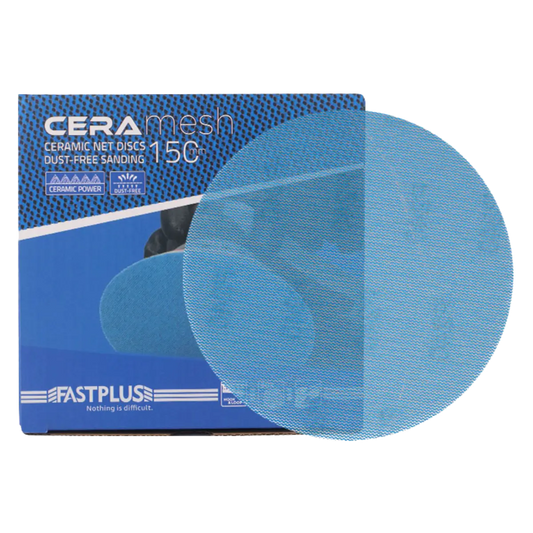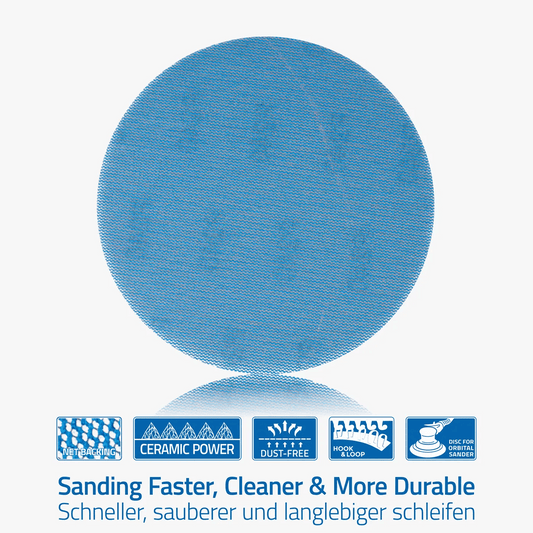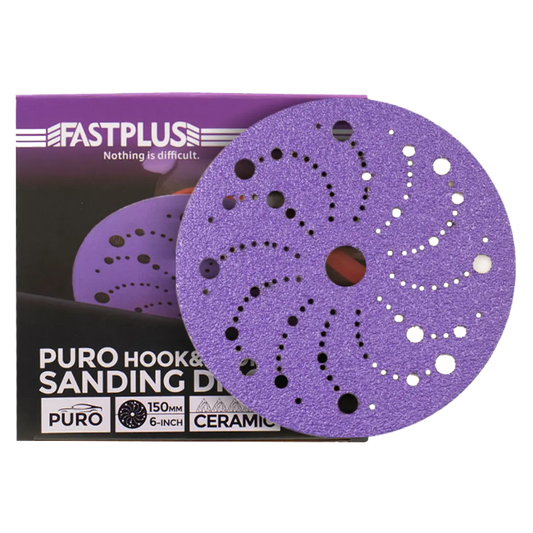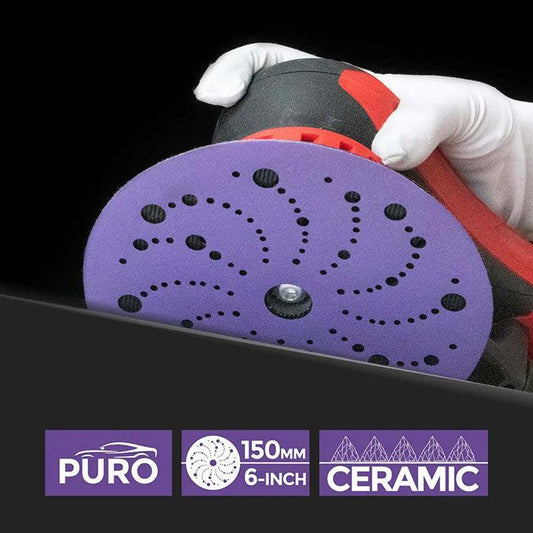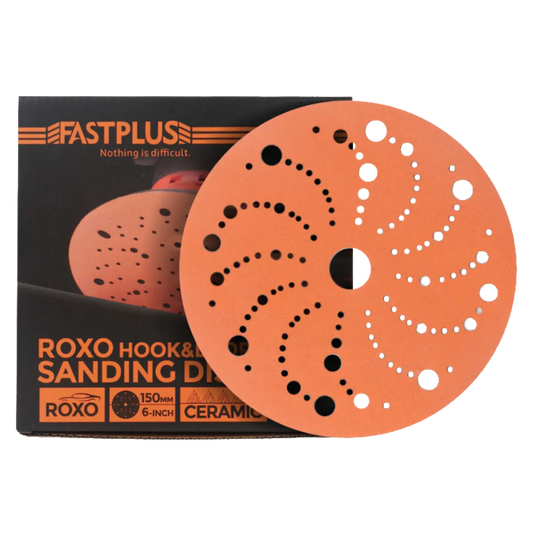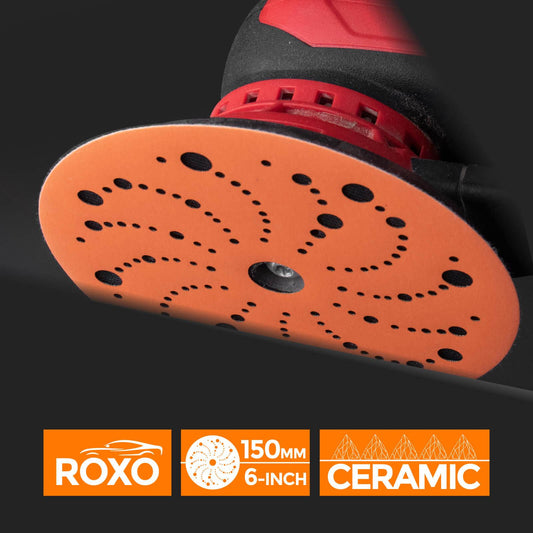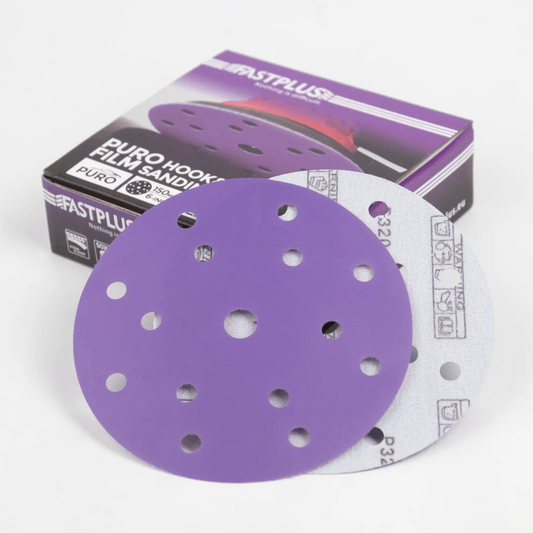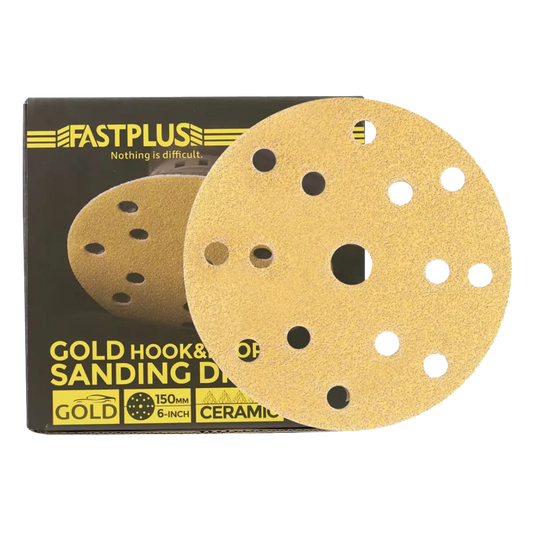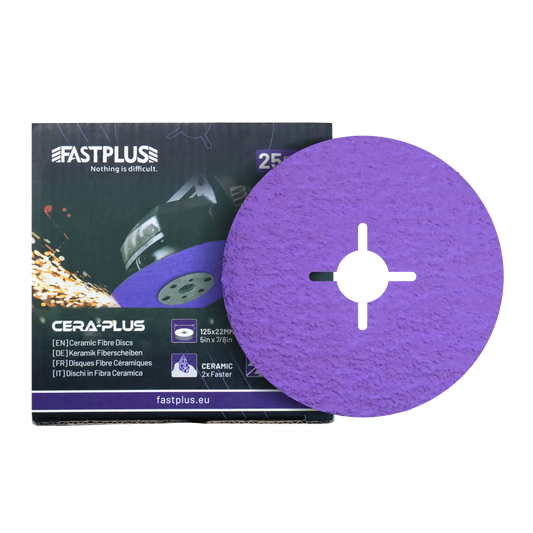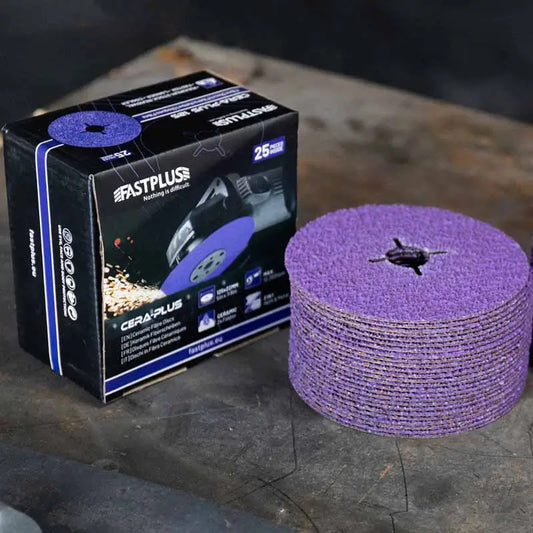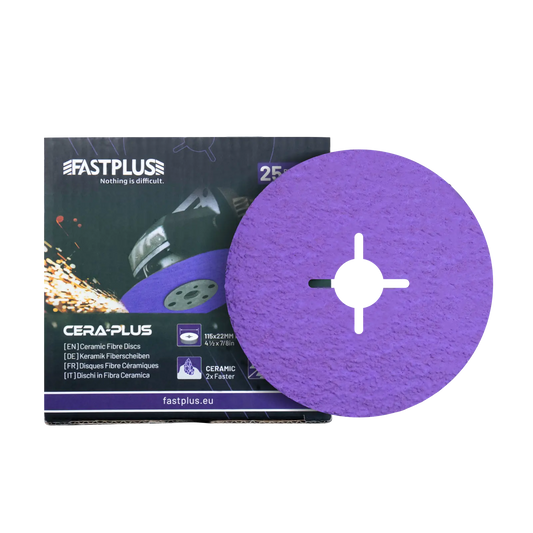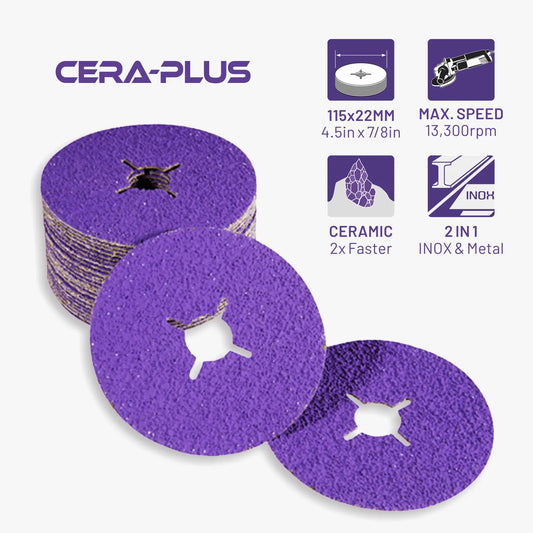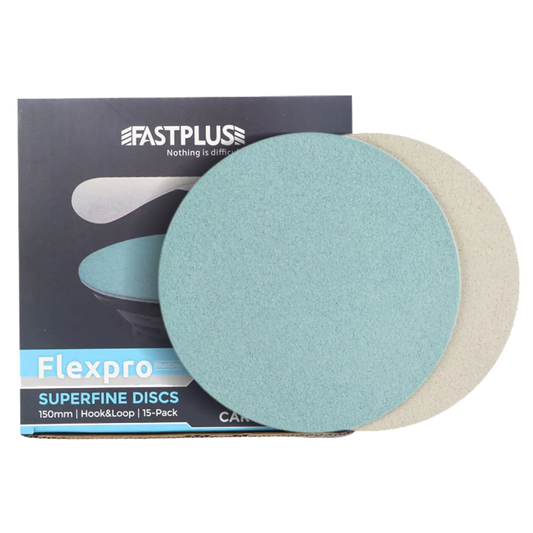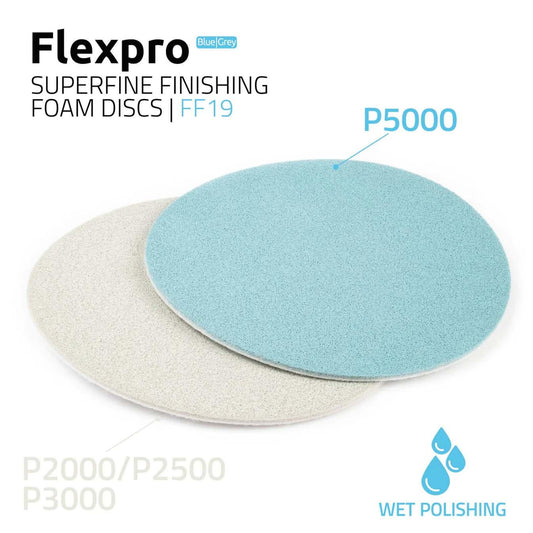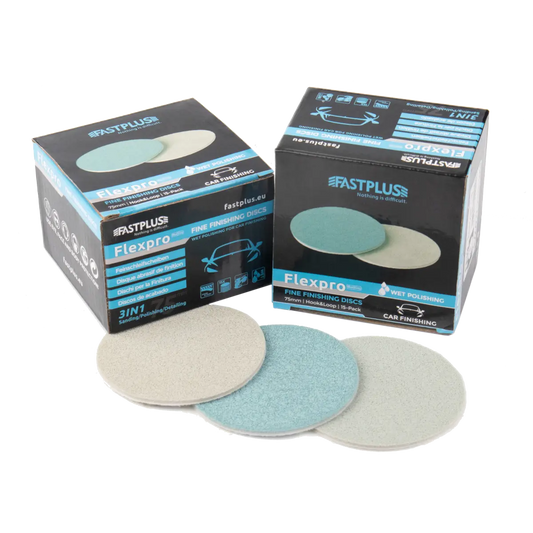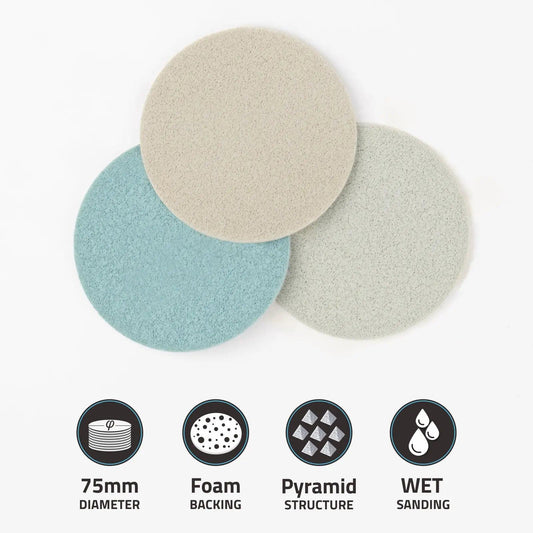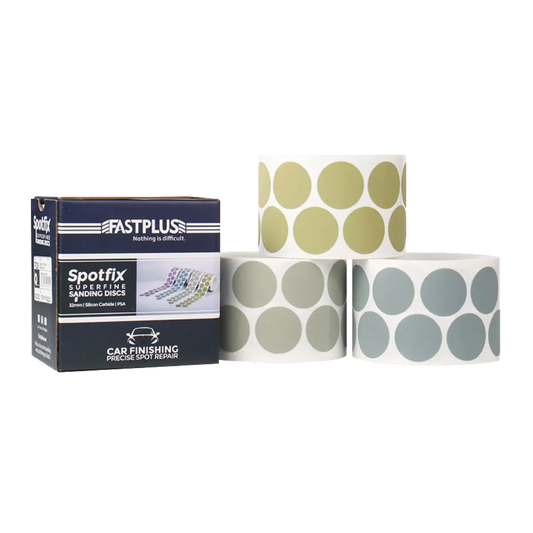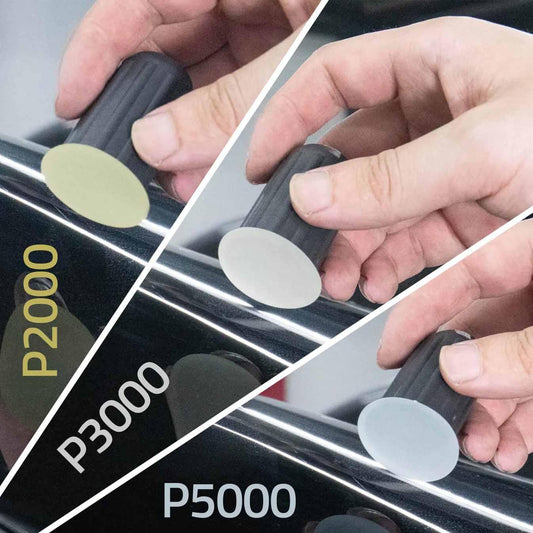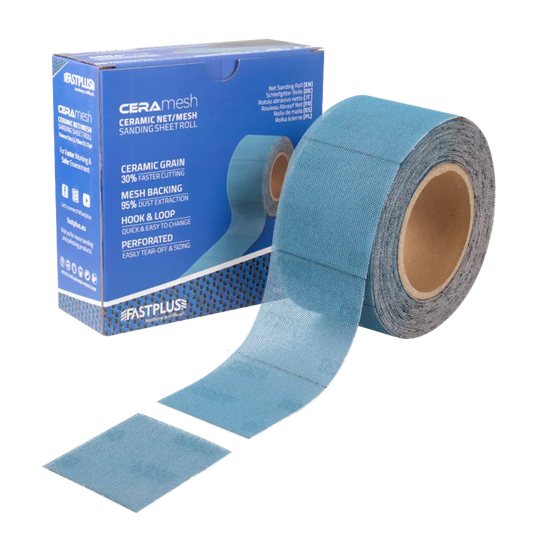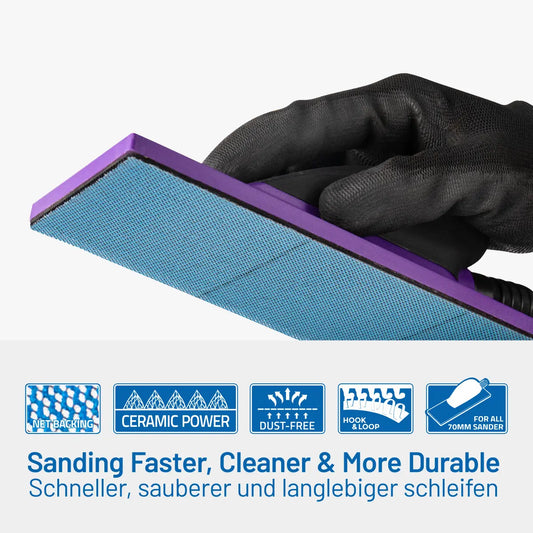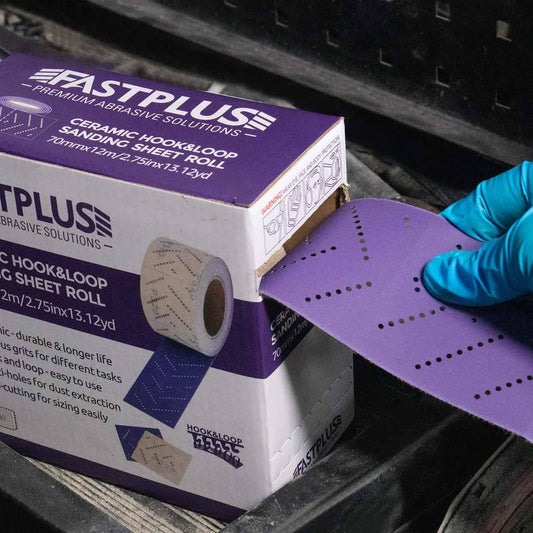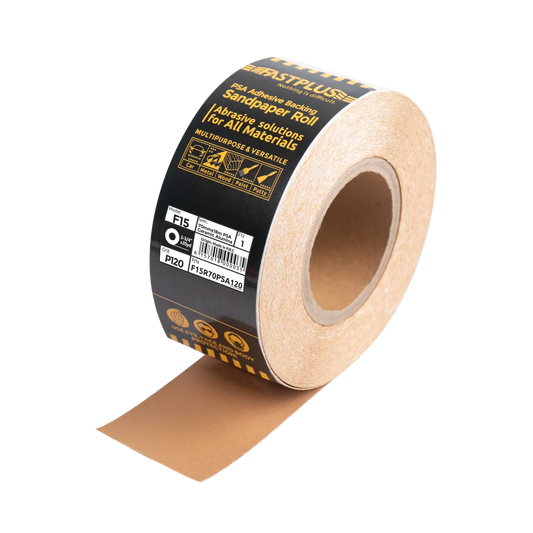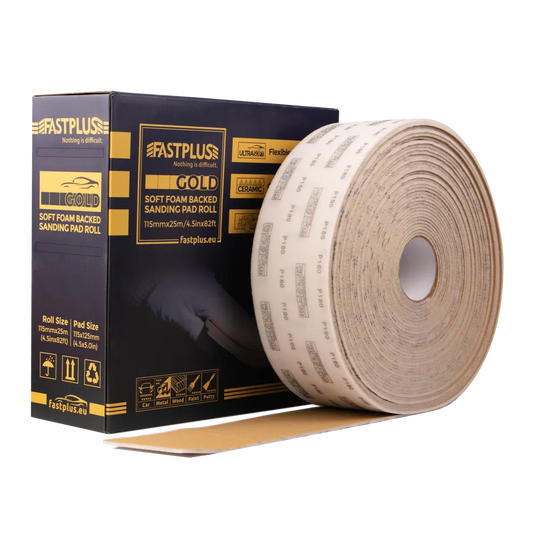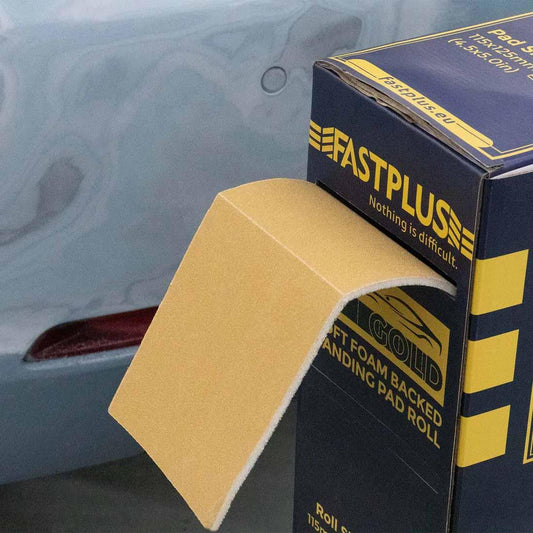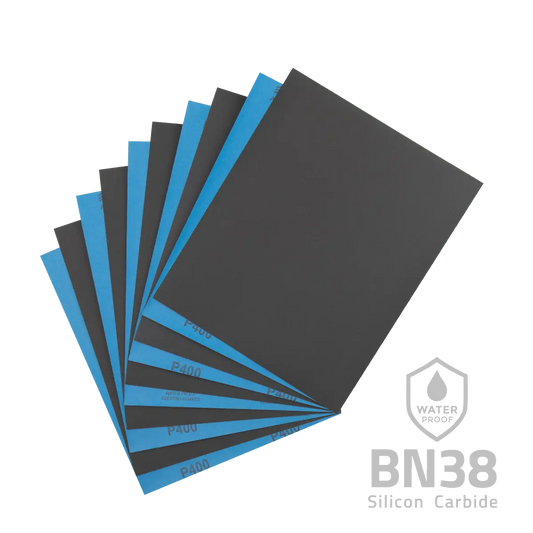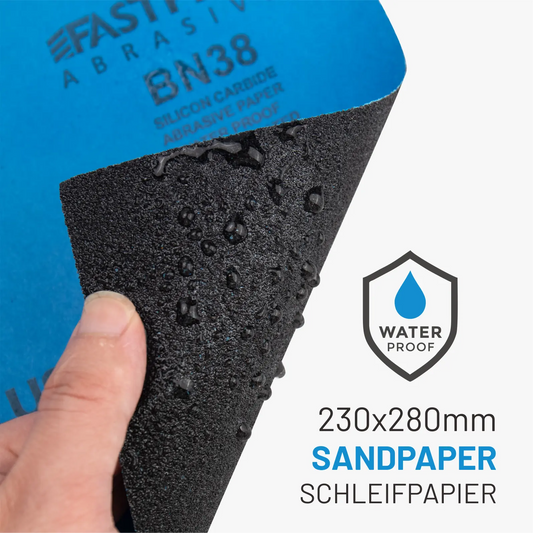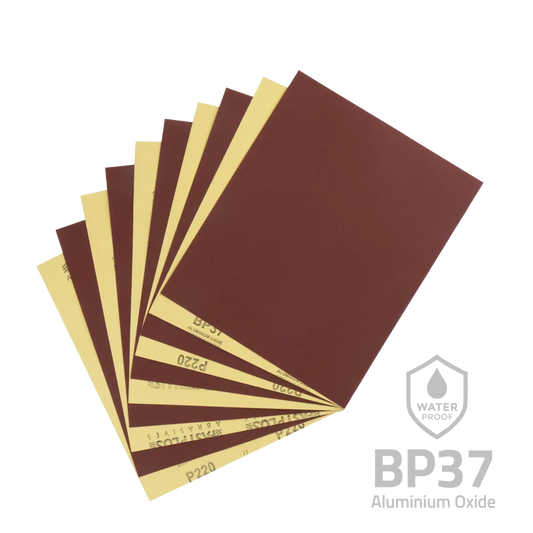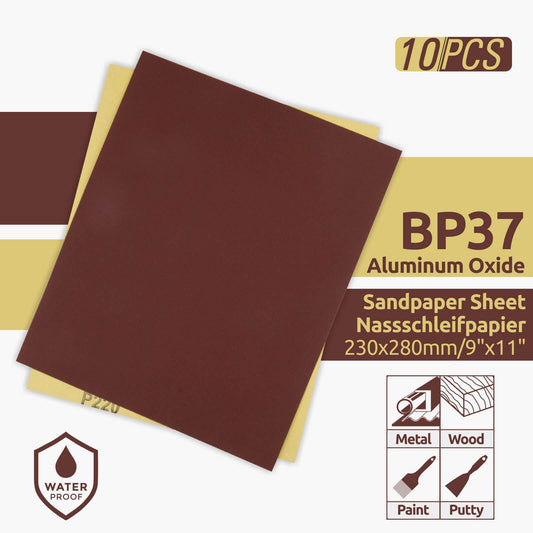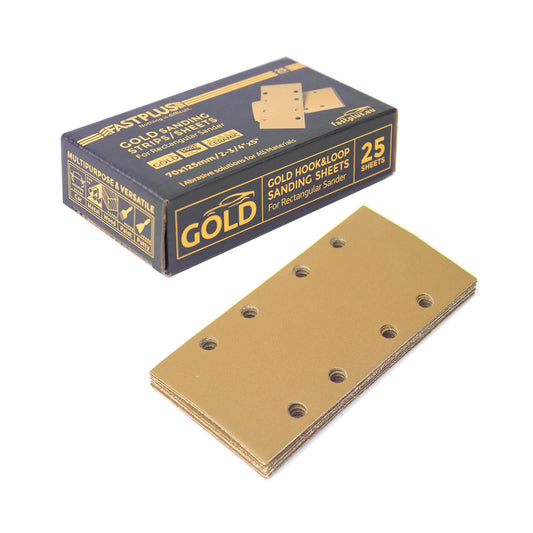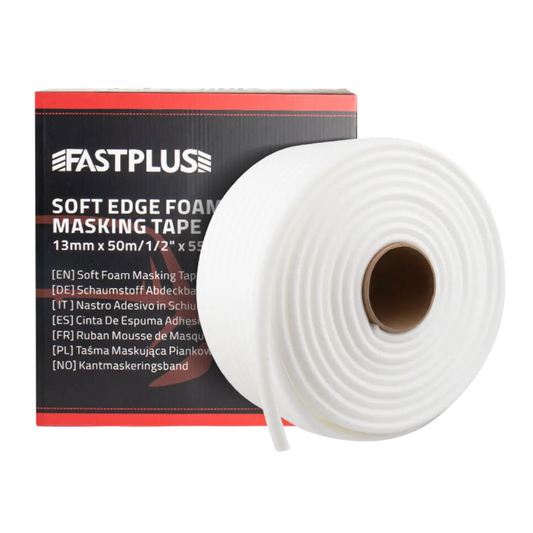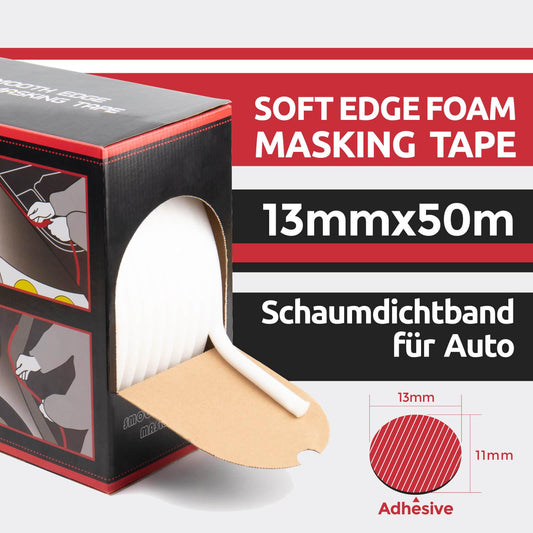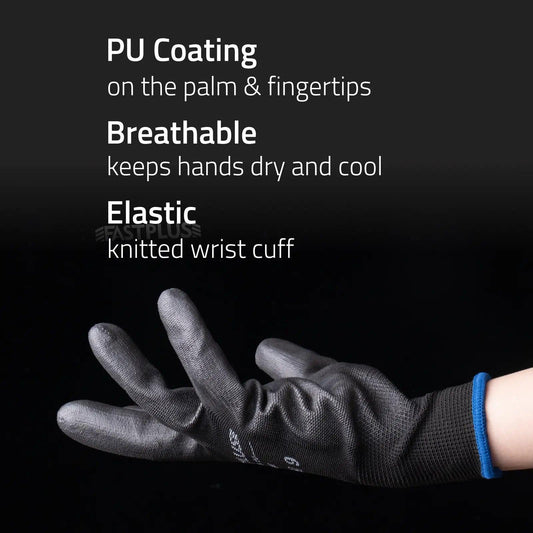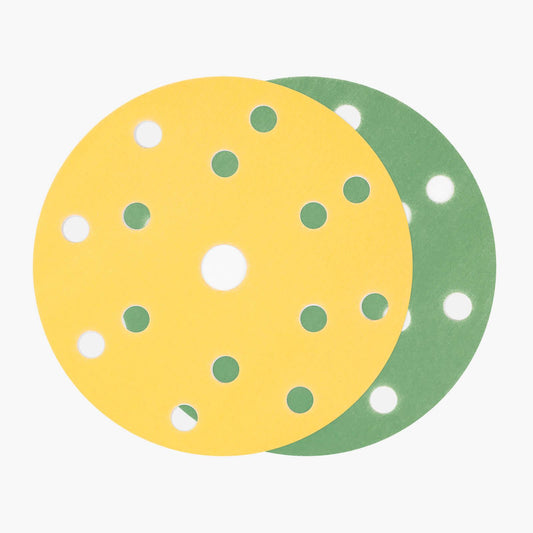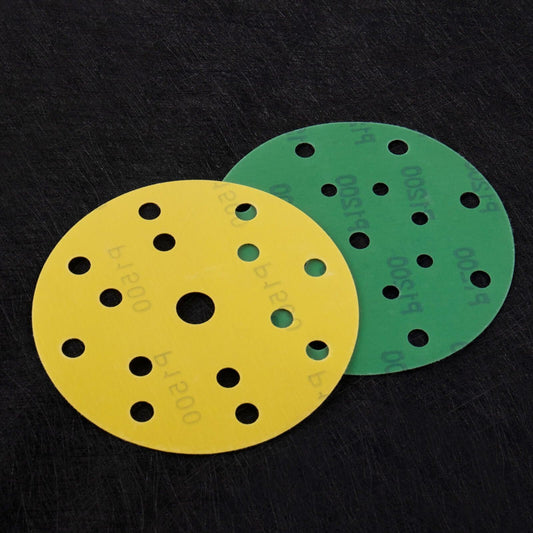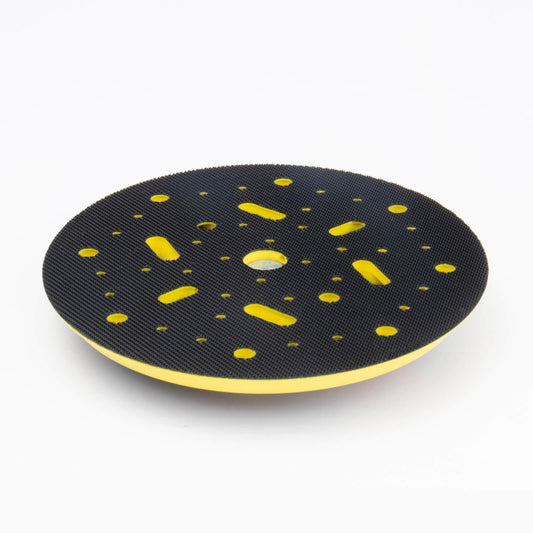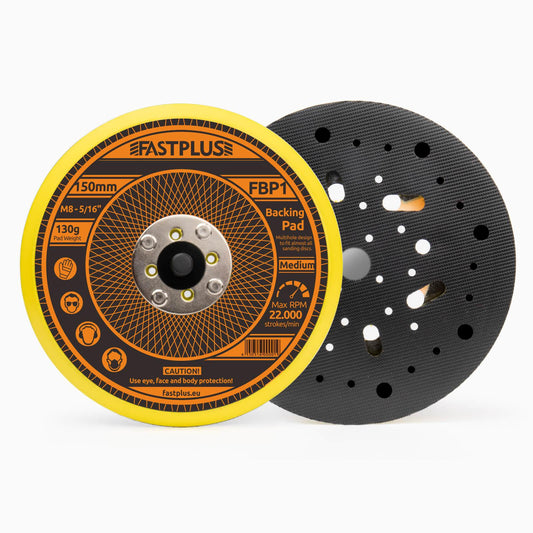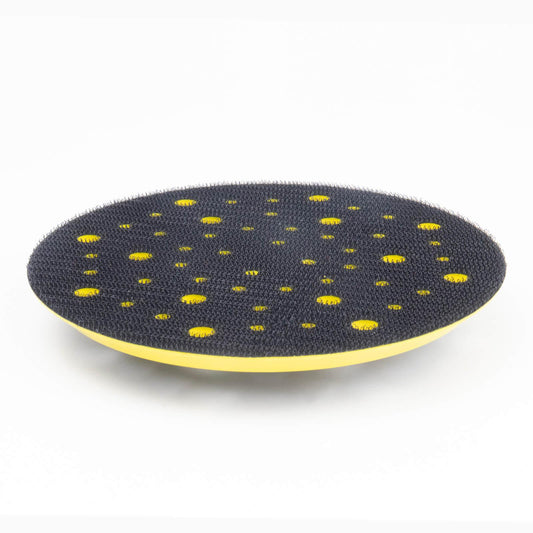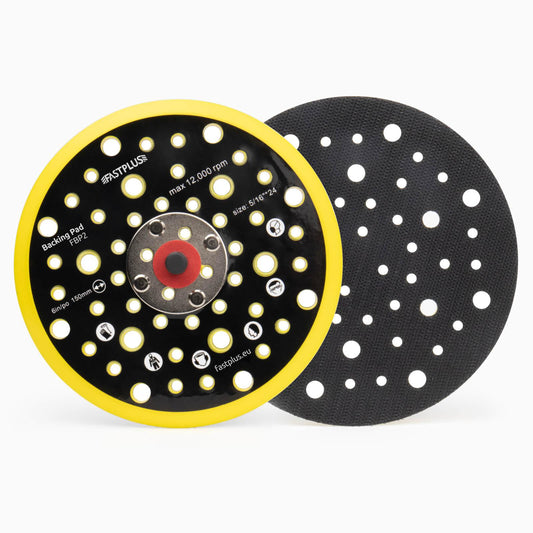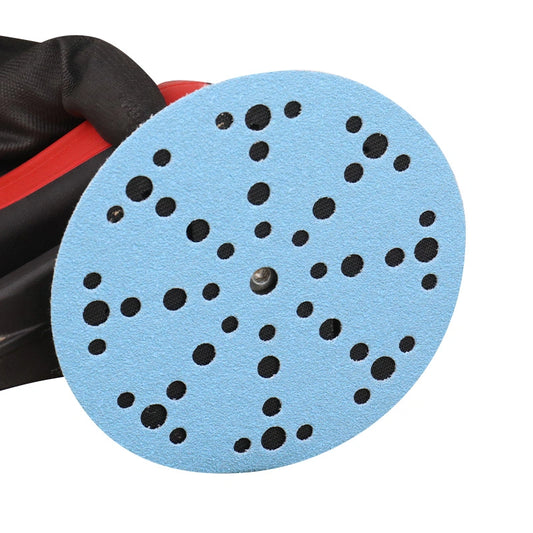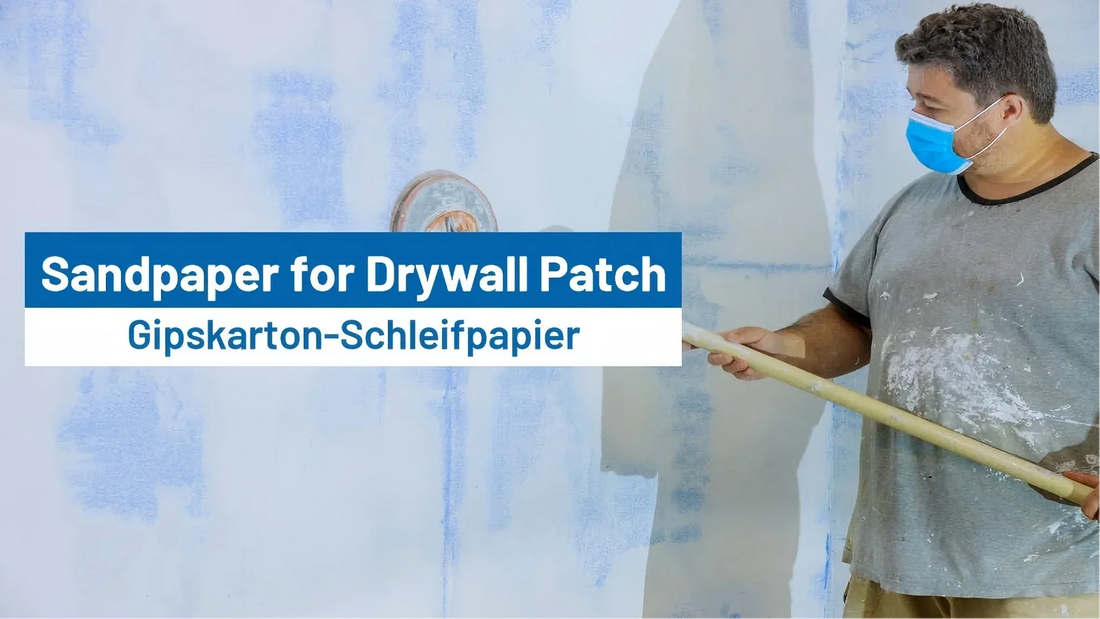
What Grit Sandpaper for Drywall Patch?
Repairing drywall is a common task for DIYers and professionals alike. Whether you're patching a small nail hole or covering a larger crack or dent, the final result depends heavily on how well you sand the patch—and more importantly, what grit sandpaper you use at each stage.
If you're wondering, “What grit sandpaper should I use for drywall patching?” you're not alone. Choosing the right grit ensures a smooth, seamless finish that looks professional and paint-ready.
This guide will walk you through everything you need to know—from grit selection by stage, to sanding techniques and common mistakes to avoid.

🧰 Why Sanding Is Important After Patching Drywall
After applying joint compound (also known as “mud”) over a patch, the surface often becomes uneven, with raised edges, ridges, or dried blobs. Sanding is necessary to:
- Flatten and smooth the repaired area
- Blend the patch with surrounding drywall
- Prepare the surface for painting or priming
- Avoid visible seams and bumps
Without proper sanding—or if the wrong grit is used—your final paint job can look bumpy, uneven, or amateurish.
📊 Understanding Sandpaper Grits
Before choosing a grit, it’s important to understand what grit numbers mean:
| Grit Range | Type | What It's For |
|---|---|---|
| 40–80 | Coarse | Heavy material removal (not for drywall) |
| 100–150 | Medium | General smoothing and first sanding pass |
| 180–220 | Fine | Finishing and prepping for paint |
| 240+ | Very Fine | Final polishing, especially for glossy paint |
For drywall, medium to fine grits are typically best. Coarse grits can cause scratches, damage paper surfaces, or expose joint tape.
🧱 Step-by-Step: What Grit Sandpaper to Use for Drywall Patch
1. After the First Coat of Joint Compound
Once your first layer of joint compound is fully dry (usually 12–24 hours), it's time to knock down high spots, ridges, and tool marks.
-
Recommended Grit: 100–120 (Medium)
These grits are rough enough to level the dried mud but not so harsh that they’ll damage the wall. -
Tips:
1) Use light pressure—let the grit do the work.
2) A sanding sponge or sanding block helps maintain even pressure.

2. After the Final Coat (Skim Coat)
Once you've applied one or two more thin layers and allowed them to dry, it's time for finishing.
-
Recommended Grit: 150–180 (Fine)
These grits will refine the surface without over-sanding. This step is all about blending the edges and smoothing the final surface for priming or painting. -
Tips:
1) Focus on feathering the edges so the patch transitions smoothly into the surrounding wall.
2) Hold a light at an angle to spot imperfections.
3. Optional: Ultra-Smooth Finish Before Painting
If you're applying high-sheen paint or want a near-perfect surface:
-
Recommended Grit: 220–320 (Very Fine)
This is not always necessary, but for living rooms, kitchens, or anywhere the light hits walls at an angle, ultra-smooth sanding makes a big difference. -
Tips:
1) Use very gentle pressure.
2) This is also useful for sanding between coats of primer or paint.
🧪 Drywall Sanding Techniques
Choosing the right grit is only half the battle. How you sand is just as important.
Manual Sanding (By Hand)
- Ideal for small patches or tight spaces
- Use sanding sponges, blocks, or hand-held sandpaper
- Easier to control and less likely to over-sand
Pole Sanding
- Great for ceilings and large wall areas
- Attach medium or fine-grit paper to a pole sander
- Use long, even strokes and overlap passes
Electric or Vacuum-Assisted Sanding
- Speeds up the job for large areas
- Use mesh sanding discs for better dust extraction
- Requires a light hand to avoid gouging
🚫 Common Mistakes to Avoid
-
Using Too Coarse Grit
Grits below 100 can scratch the wall, tear the paper surface, or expose tape. -
Skipping Between-Coat Sanding
You should lightly sand after every coat of compound, not just the last one. -
Applying Too Much Pressure
Let the sandpaper do the work. Excess pressure leads to uneven surfaces or burn marks. -
Over-Sanding
Taking off too much material can expose the mesh tape or create dents. -
Ignoring Dust
Dust can clog sandpaper and affect paint adhesion. Always wipe or vacuum before priming.

💡 Pro Tips for Perfect Drywall Sanding
-
Use a Work Light
Shine it at an angle to see shadows and imperfections you’d otherwise miss. -
Feather the Edges
Always blend outward—this reduces visible lines after painting. -
Clean Between Grit Changes
Wipe down the surface before moving from medium to fine grit. -
Wear a Dust Mask
Drywall dust is harmful when inhaled—protect yourself. -
Sand in a Circular or Cross-Hatch Motion
This prevents straight-line scratches and gives a more natural finish.
🧩 Quick Reference: Grit Chart for Drywall Patching
| Repair Stage | Recommended Grit | Purpose |
|---|---|---|
| After first coat of compound | 100–120 | Remove tool marks and ridges |
| After final coat (pre-paint) | 150–180 | Smooth and feather edges |
| Optional ultra-smooth finish | 220–320 | Prep for high-sheen or perfect walls |
| Between primer/paint coats | 220–320 | Remove dust nibs, smooth surface |
🛠️ Do You Need Different Sandpaper Types?
You don’t need fancy tools, but choosing the right format can make sanding drywall more efficient:
- Sandpaper Sheets – Best for hand sanding with a block or sponge
- Sanding Sponges – Conform to corners and are reusable
- Pole Sanders – Ideal for large areas or ceilings
- Mesh SandingDiscs – Work well with vacuum sanders to reduce dust
- Foam Finishing Pads – Useful for polishing out tiny imperfections before paint
🧽 Final Prep: What to Do After Sanding
Before you move on to priming or painting:
-
Wipe the Wall
Use a damp microfiber cloth to remove fine dust. Don’t soak the surface. -
Inspect the Area
Feel with your hand and use a light to check for any remaining bumps. -
Seal the Surface
Use a quality primer, especially if you've sanded down to bare drywall.
🎯 Conclusion: The Right Grit at the Right Time
To sum up, sanding drywall patches isn’t hard—but it does require patience and the correct grit for each stage. Using 100–120 grit after the first coat, 150–180 for final smoothing, and 220+ for high-end finishes will help you achieve a professional look every time.
Sanding is more than a chore—it’s the final step that makes your patch invisible.
